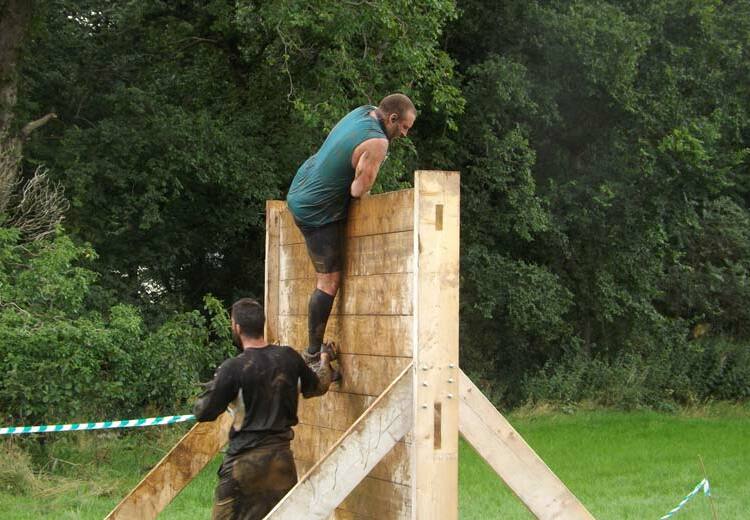DRIVERS are four times more likely to be caught for speeding during the TT period than at any other time of the year.
That’s the news from the Isle of Man’s police force as they announced their 2011 TT Road Safety campaign this morning.
And in an attempt to make drivers and riders more aware of the dangers of high speed, this year’s TT road safety campaign will include 30 giant “Slow Down” signs which will be visible throughout the fortnight around the course.
“We prosecuted hundreds of drivers last year for speeding and many of them were locals,” said Deputy Chief Constable Gary Roberts. “This year we will no doubt catch hundreds more but it has to be said that there is no excuse for speeding. There are warning signs and police officers everywhere .”
He also took the opportunity to advise local drivers to curb their speed. “You can see it every weekend on the mountain road when the weather is favourable. There are lots of local riders and drivers speeding. Our message to you is: we will be taking a harsh line against anyone who transgresses against the law.”
He added, “The real message is that everyone needs to take care.”
The one-way system on the Mountain Road will again be re-introduced for TT2011 and a leaflet explaining the system will be available to the public shortly. Radio advertising and billboards around the course will also support the safety campaign.
Every biker getting off a Steam Packet ferry will receive a road safety leaflet and fact sheets and fun games for school children will be distributed through schools and can also be down-loaded from the school computer systems.
Inspector Mark Britton of the Roads Policing Unit said that one in four accidents during the TT period involved excessive speed as a contributory factor. “During TT you are four times more likely to be caught speeding than at any other time during the year. This is because of our increased presence and activity involving speed prevention.”
Inspector Britton said that drivers of vehicles were also often unaware of a motorcyclist’s presence and he advised riders to become ‘defensive’ drivers in order to avoid becoming casualties.








